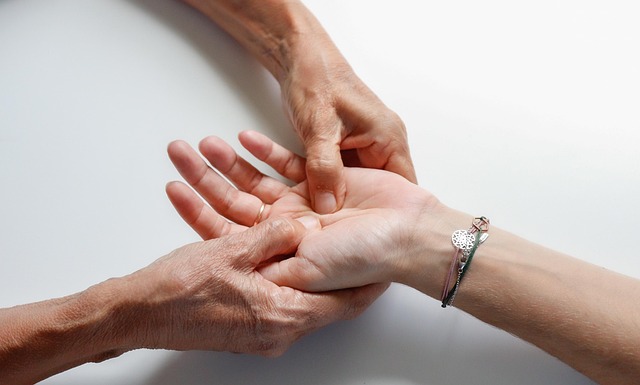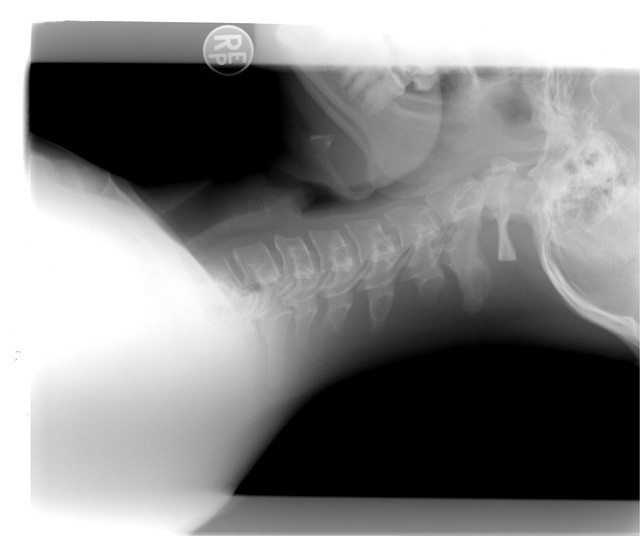In 2013, a study published by Lisa M. Shulman and colleagues investigated the effects of different exercise regimens on patients with Parkinson’s disease, focusing on gait speed, cardiovascular fitness, and muscle strength. Conducted at the Parkinson’s Disease and Movement Disorders Center at the University of Maryland and the Baltimore Veterans Affairs Medical Center, the study was a randomized, single-blinded clinical trial involving 67 patients experiencing gait impairment.
Participants were divided into three groups, each following a different exercise protocol for three months:
- High-Intensity Treadmill Exercise: 30 minutes at 70%-80% of heart rate reserve.
- Low-Intensity Treadmill Exercise: 50 minutes at 40%-50% of heart rate reserve.
- Stretching and Resistance Exercises: Two sets of 10 repetitions on resistance machines targeting the legs.
The primary outcomes measured were gait speed (via a 6-minute walk test), cardiovascular fitness (peak oxygen consumption or VO2), and muscle strength (one-repetition maximum strength).
- Gait Speed: All exercise groups showed improvements. The low-intensity treadmill group experienced a 12% increase (P = .001), the stretching and resistance group saw a 9% increase (P < .02), and the high-intensity treadmill group had a 6% increase (P = .07). No significant differences were noted between the groups.
- Cardiovascular Fitness: Both treadmill exercise groups improved peak VO2 by 7%-8% (P < .05), outperforming the stretching and resistance group in this aspect.
- Muscle Strength: Only the stretching and resistance exercises led to significant gains in muscle strength, with a 16% improvement (P < .001).
The study concluded that exercise, regardless of the type, can enhance gait speed, muscle strength, and cardiovascular fitness in patients with Parkinson’s disease. However, combining treadmill exercises with resistance training might offer the most comprehensive benefits, a hypothesis that warrants further investigation.
Reference: Shulman, L. M., Katzel, L. I., Ivey, F. M., Sorkin, J. D., Favors, K., Anderson, K. E., & Macko, R. F. (2013). Randomized clinical trial of 3 types of physical exercise for patients with Parkinson disease. JAMA neurology, 70(2), 183-190.




